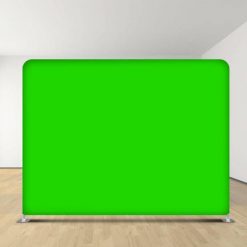The choice between using a green screen or a blue screen (also known as a chroma key screen) depends on various factors, including the subject, the environment, and the intended final result. Both green and blue screens have their advantages and disadvantages:
Green Screen:
- Widely Used: Green screens are more commonly used in modern filmmaking and photography due to the prevalence of digital cameras that are more sensitive to green hues.
- Contrast with Human Subjects: Green is generally a color less present in human skin tones, reducing the chance of subjects blending into the background.
- Precision: Green screens tend to offer better precision when extracting subjects and objects from the background due to the higher luminance separation from human subjects.
Blue Screen:
- Historical Use: Blue screens were more commonly used in the past, especially in analog filmmaking. However, they are still used today, especially when green clothing or accessories need to be avoided.
- Low Light Environments: Blue screens can be more effective in low light conditions, as they require less light compared to green screens.
- Avoiding Color Conflicts: If the subject has green elements (like clothing) or will be in a predominantly green environment, a blue screen might be a better choice to prevent color interference.
In recent times, green screens have become more popular due to technological advancements and camera sensors’ sensitivity to the green color spectrum. However, the decision between green and blue screens should be based on the specific needs of your project, the equipment you’re using, and the expertise of your post-production team.


